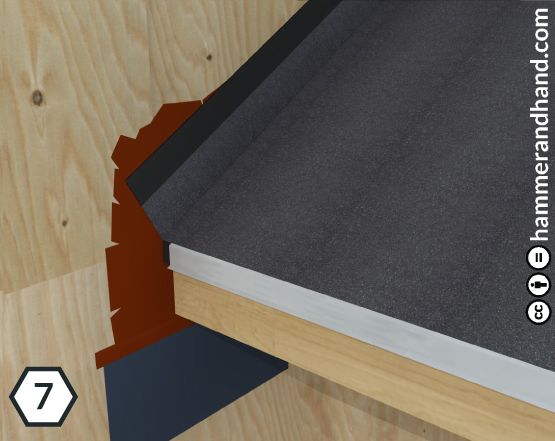
Hammer & Hand, a well-known construction company in the Pacific Northwest, has posted its Best-Practices Manual online.
The guide, which is used by Hammer & Hand carpenters in the field, includes 180 step-by-step illustrations on a range of topics, including crawl spaces, rain screens, window installations, and wall penetrations.
“We’re launching this section of our site in the spirit of collaboration,” co-owner Sam Hagerman wrote. “The details contained within have been developed through extensive in-the-dirt experience and informed by our building-science training and research. They’re details that we have found combine durability, performance, and constructability in our Pacific Northwest climate.”
The company, founded in 1995 by Hagerman and Daniel Thomas, has offices in both Portland, Ore., and Seattle, where it’s housed in the Bullitt Center. The company has tackled a variety of high-performance , high-end designs, including projects built to the Passivhaus standard and also makes custom wood doors for Passivhaus buildings.
Hammer & Hand has won a number of awards, including Custom Builder of the Year in 2014 from Earth Advantage.
Fine Homebuilding Recommended Products
Fine Homebuilding receives a commission for items purchased through links on this site, including Amazon Associates and other affiliate advertising programs.

Affordable IR Camera

Handy Heat Gun

Reliable Crimp Connectors

A detail from Hammer & Hand's Best Practices Manual, which is now available for free online.























View Comments
This is a wonderful start to solving moisture rot damage cause by water intrusion beyond the exterior cladding. Getting the proper seals, drains and vents in the building envelope is crucial to eliminating the conditions conducive to moisture rot damage to the sheeting and framing.
The next step is a guide for designing and constructing the architectureal details in the exterior cladding. There are numerous circumstances in trim and joinery details in the siding on a home. Addressing the properties of the various materials - wood, composites, doors, windows, flashing details and so on is crucial to prevent conditions conducive to moisture rot damage.
Preventing moisture intrusion, moisture saturation and evaporation/condensation cycling in the exterior shell eliminates conditions conducive to moisture rot fungal growth.
End grain, horizontal details, gaps, drains, seals and vents all need careful consideration when designing and building exterior details on structures